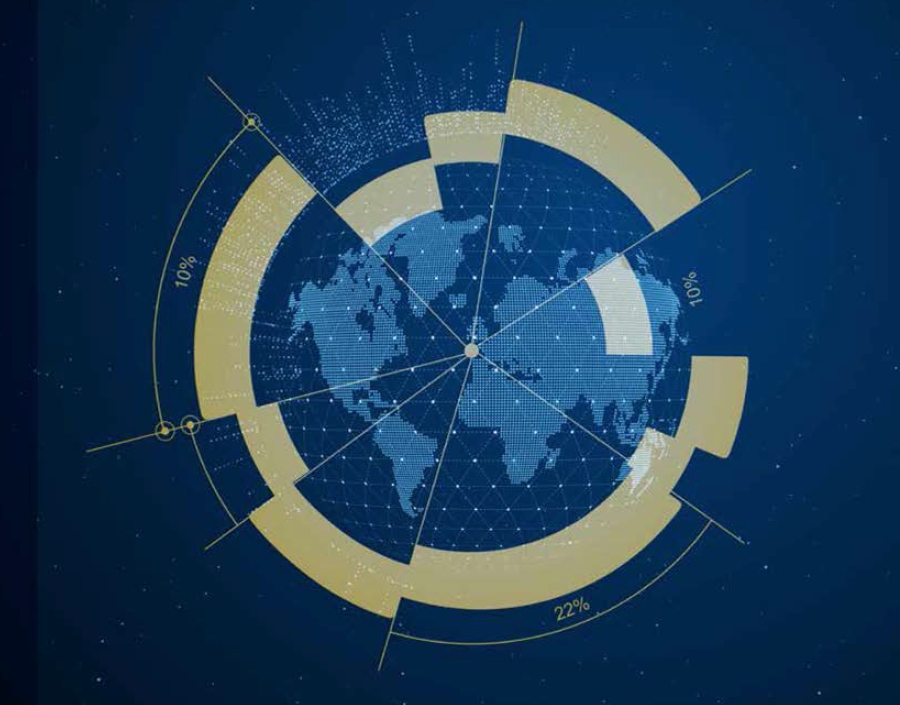Wireless 3G and 4G networks have put an Internet connection within reach of most of the world's population yet according to the United Nation's International Telecommunication Union (ITU), many aren't taking advantage of the opportunity for a variety of reasons.
The 2016 edition of the Measuring the Information Society Report notes that mobile broadband networks cover an impressive 84 percent of the world's population yet Internet user penetration sits at only 47.1 percent. In other words, some 3.9 billion people globally aren't online.
Those not yet connected are described as being disproportionately female, elderly, less educated, having lower incomes and living in rural areas. High prices and poor quality of service are cited as additional barriers to becoming connected to the digital world.
One's level of education and income also plays a key role in how people use the Internet. Those with higher levels of education and income typically make greater use of advanced services such as e-commerce as well as online financial and government services. Less educated Internet users with lower incomes predominantly use the web for communication and entertainment purposes, thus potentially squandering away opportunities to better themselves and reduce inequalities.
Many in developed and select developing nations, meanwhile, would now categorize an Internet connection as a basic necessity alongside other essentials like food, clothing, shelter and transportation.
Indeed, people in these regions no longer go online, they are online.
